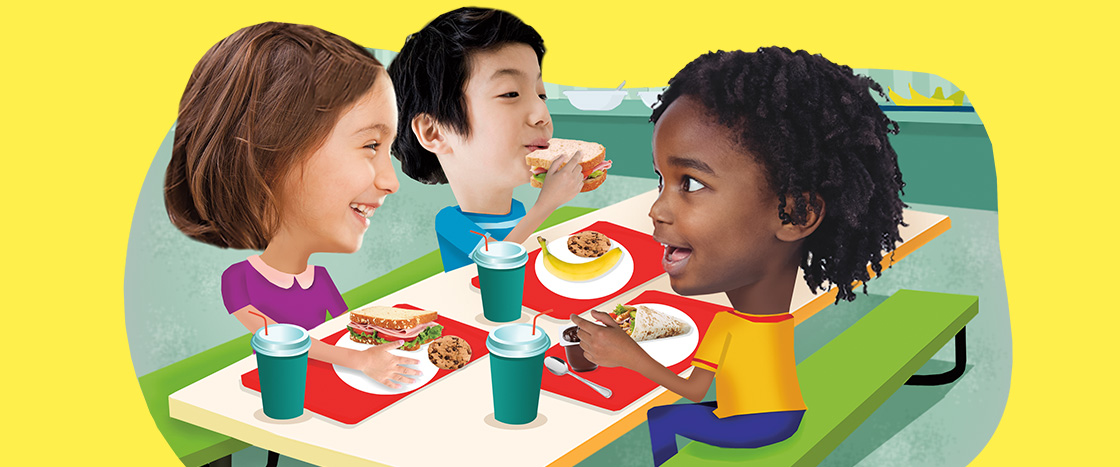Ben
First, it would save me time to know where to sit. I spend a lot of time looking for a seat.
Next, sometimes there is no room at my friends’ table. I don’t like that. I wish I had a place to sit.
Last, I don’t know everyone. I would like to get to know new kids. If I had an assigned seat, I could make new friends.

